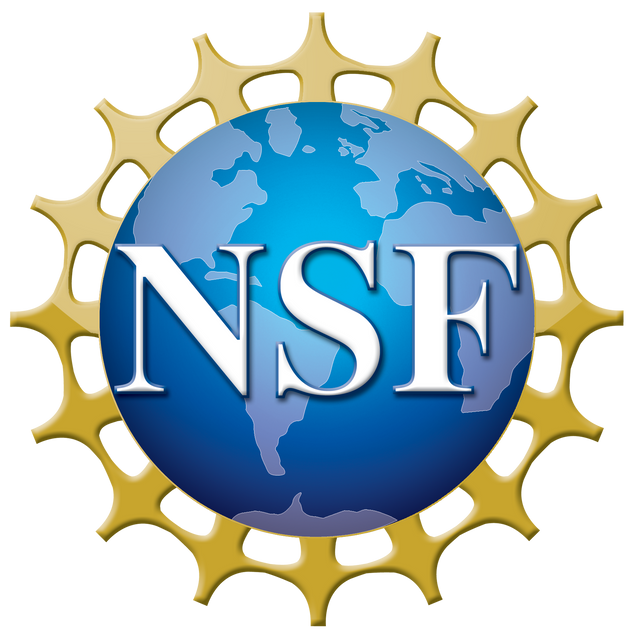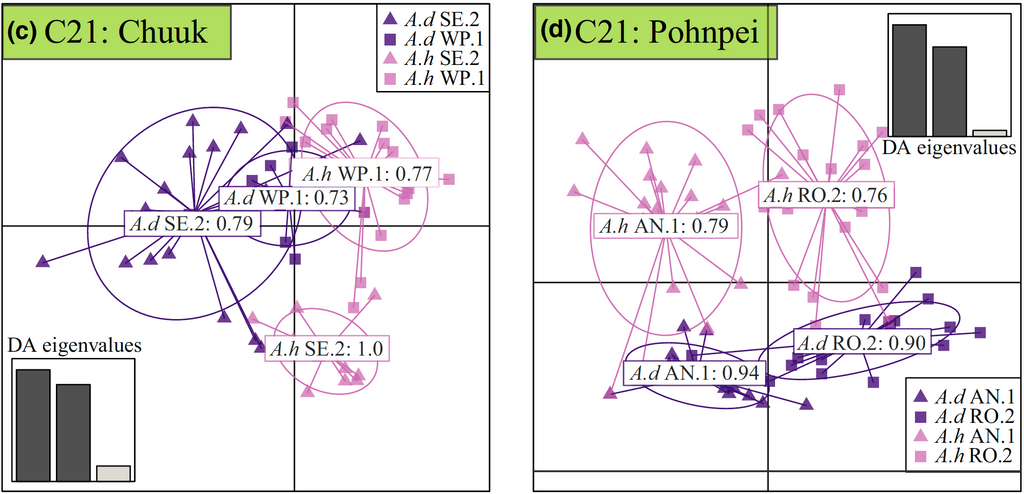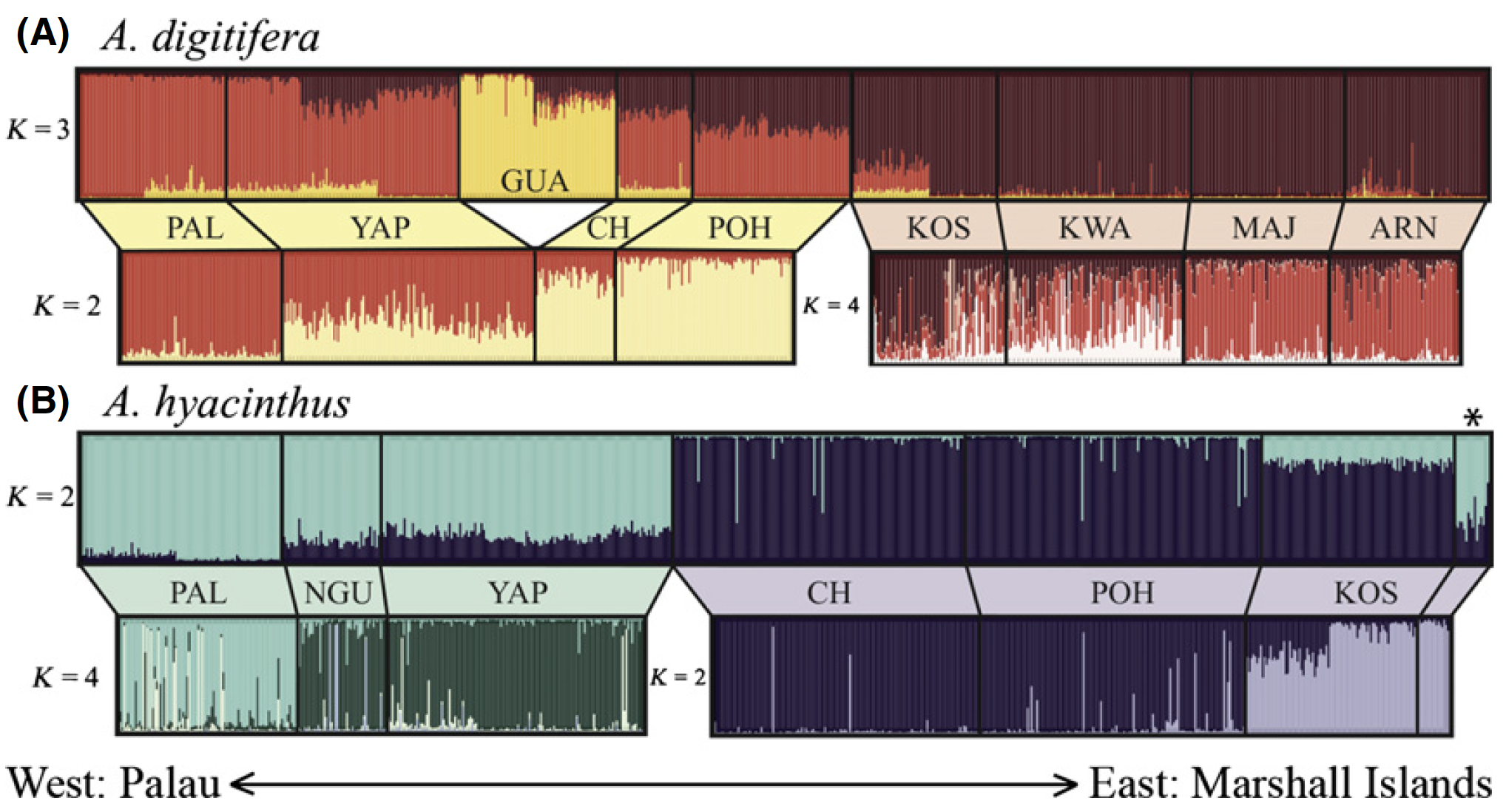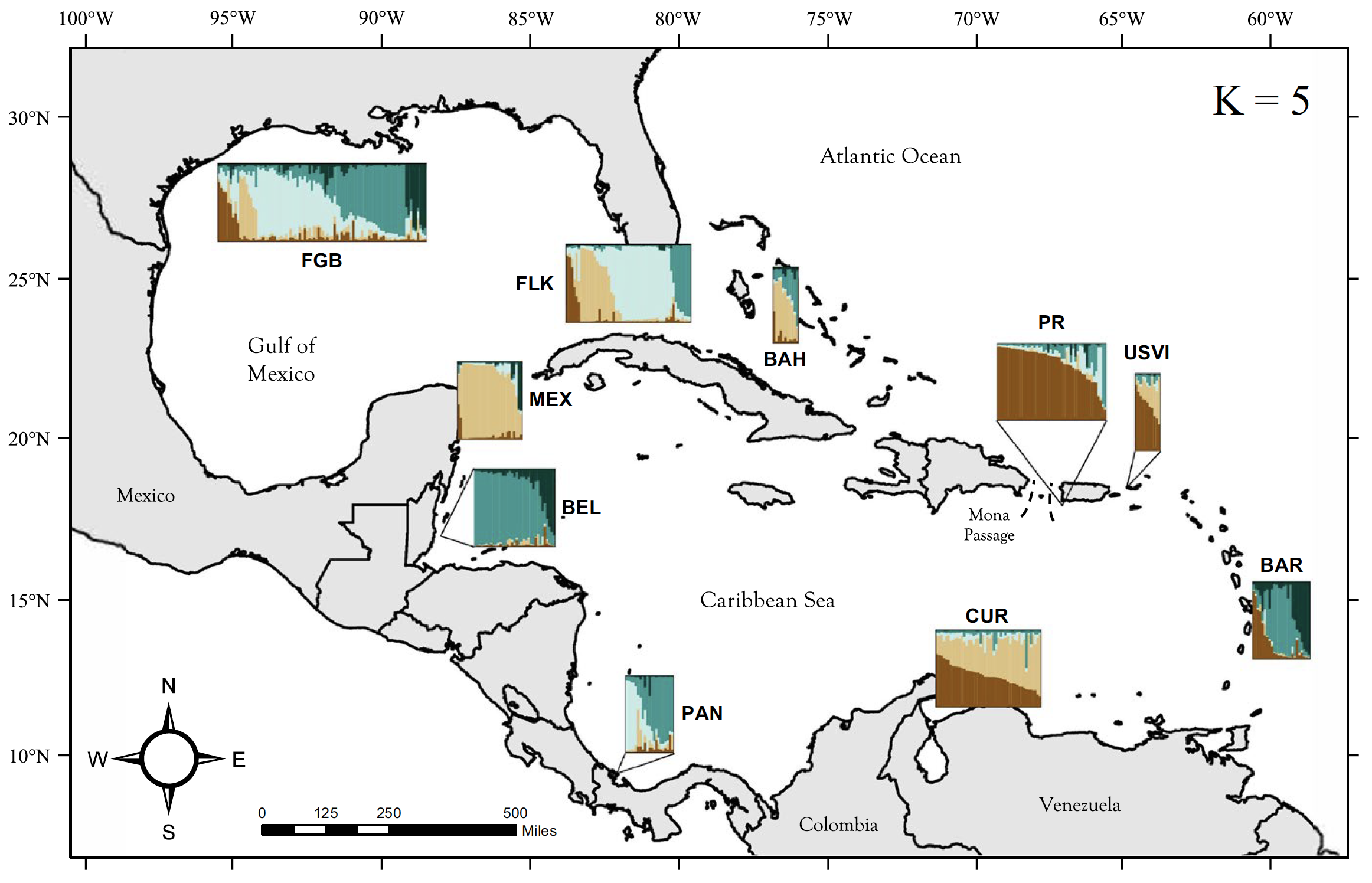Coral and Symbiont Diversity & Connectivity
The Davies lab is interested in the population genetic patterns of corals and their algal symbionts and how do these patterns interact to constrain or accelerate evolution. In this realm, we have done extensive work to characterize dispersal potential of corals and their symbionts across reefs using population genetics/genomics and biophysical modeling.
 Dr. Davies recently led an NSF-funded workshop titled “Building consensus around the quantification and interpretation of Symbiodiniaceae diversity” with co-PI’s Dr. John Parkinson and Dr. Adrienne Correa. We gathered >75 Symbiodiniaceae researchers together virtually to work together to address some of the challenges our commmunity has faced with respect to quantifying and interpreting Symbiodiniaceae genetic data. All information from the workshop can be found here.
Dr. Davies recently led an NSF-funded workshop titled “Building consensus around the quantification and interpretation of Symbiodiniaceae diversity” with co-PI’s Dr. John Parkinson and Dr. Adrienne Correa. We gathered >75 Symbiodiniaceae researchers together virtually to work together to address some of the challenges our commmunity has faced with respect to quantifying and interpreting Symbiodiniaceae genetic data. All information from the workshop can be found here.
We have demonstrated repeatedly that corals exhibit long-range dispersal, both in Acropora species in Micronesia and Orbicella faveolata in the Caribbean.
Interestingly, we have observed that symbiont dispersal is much more limited, suggesting that algal symbionts may facilitate coral local adaptation.

We are now performing ongoing work investigating the population connectivity of Astrangia poculata and its algal symbiont Breviolum psygmophilum. Work on population connectivity is critical for reef management and the Davies lab actively communicates all finding to the Coral Restoration Consortium as Dr. Davies is an active member of the Genetics Working Group.

